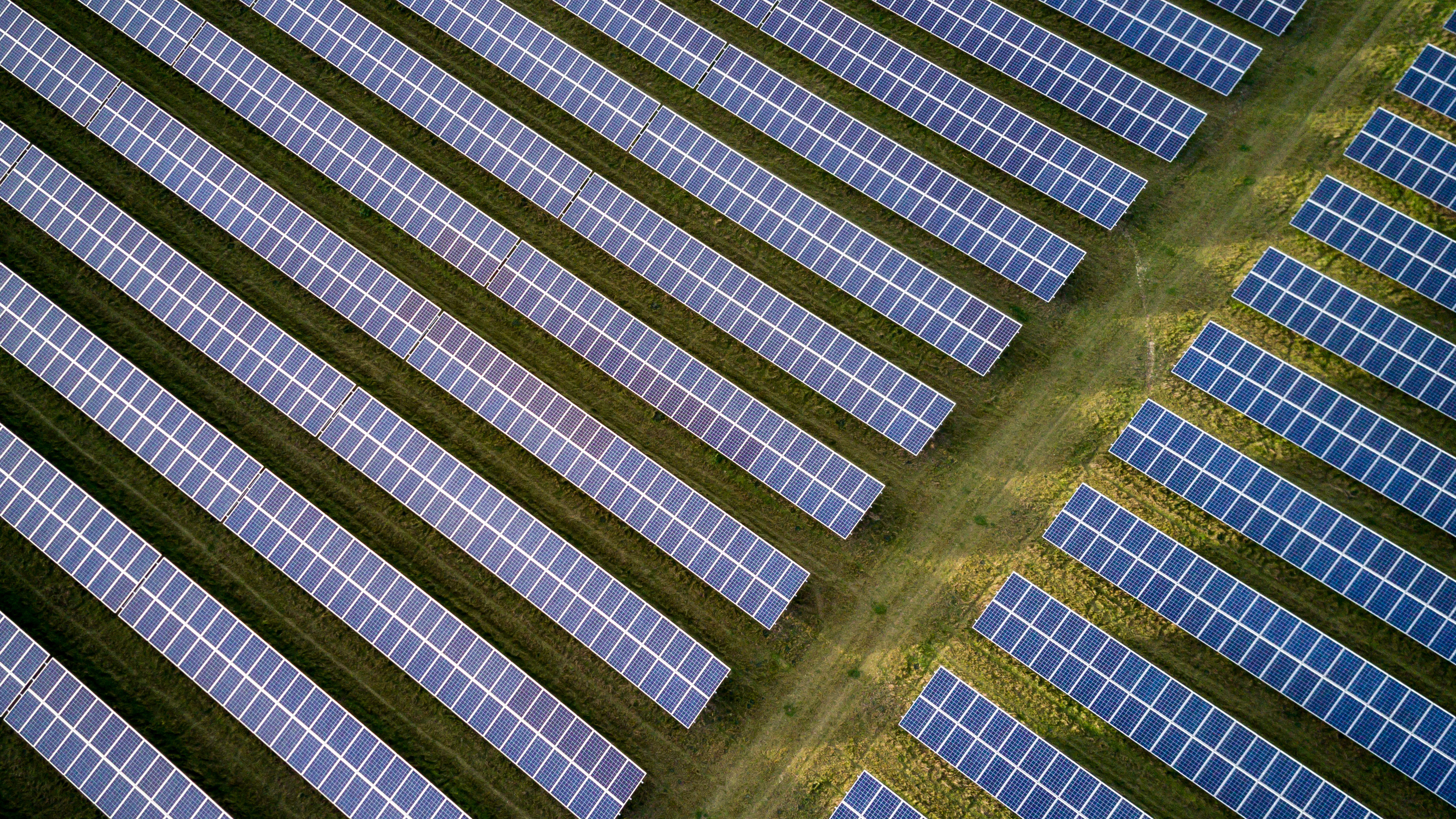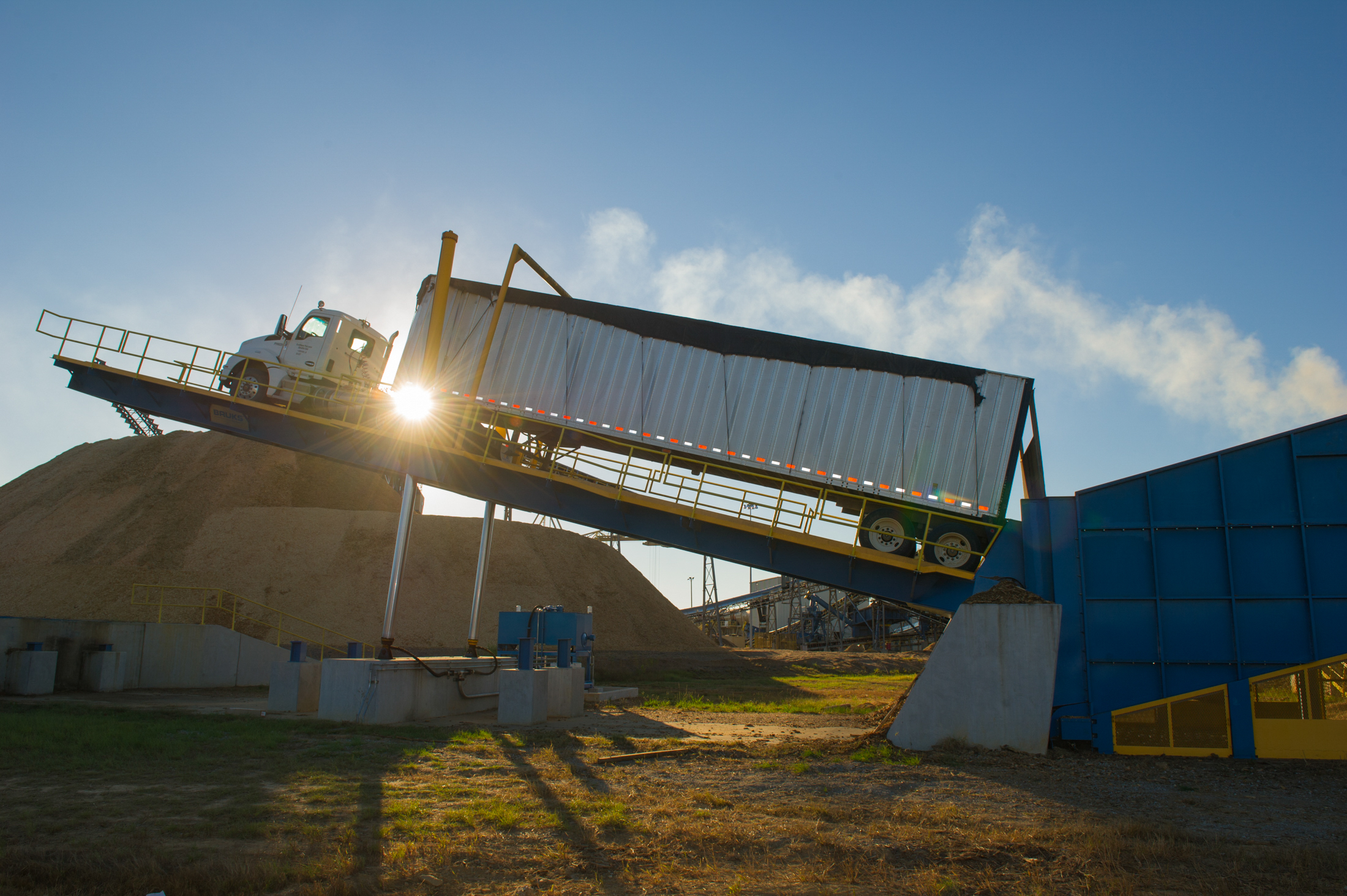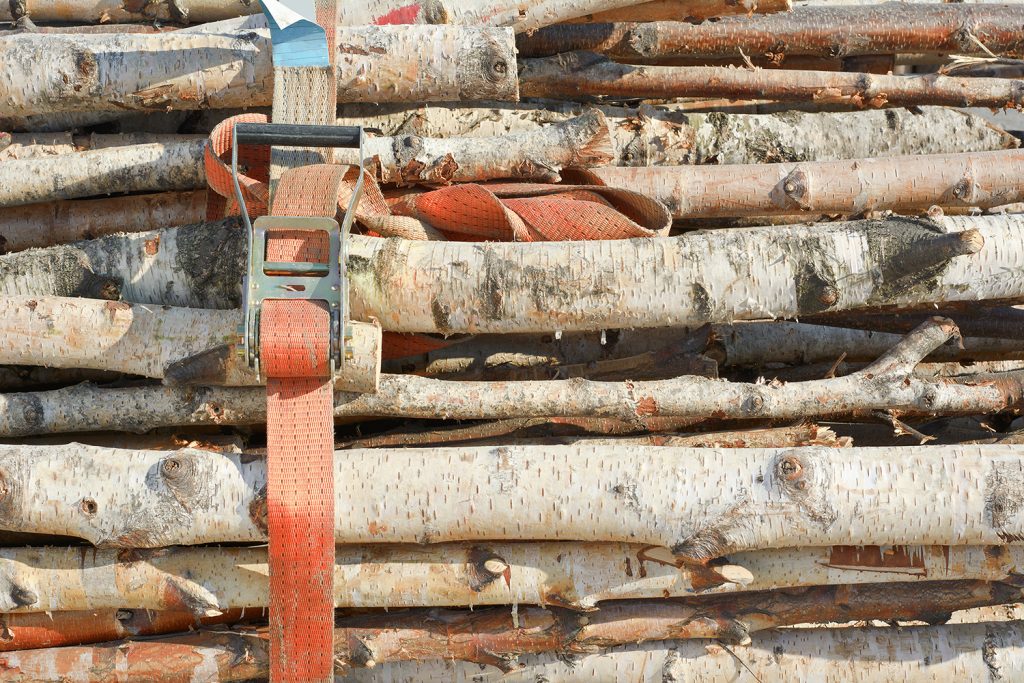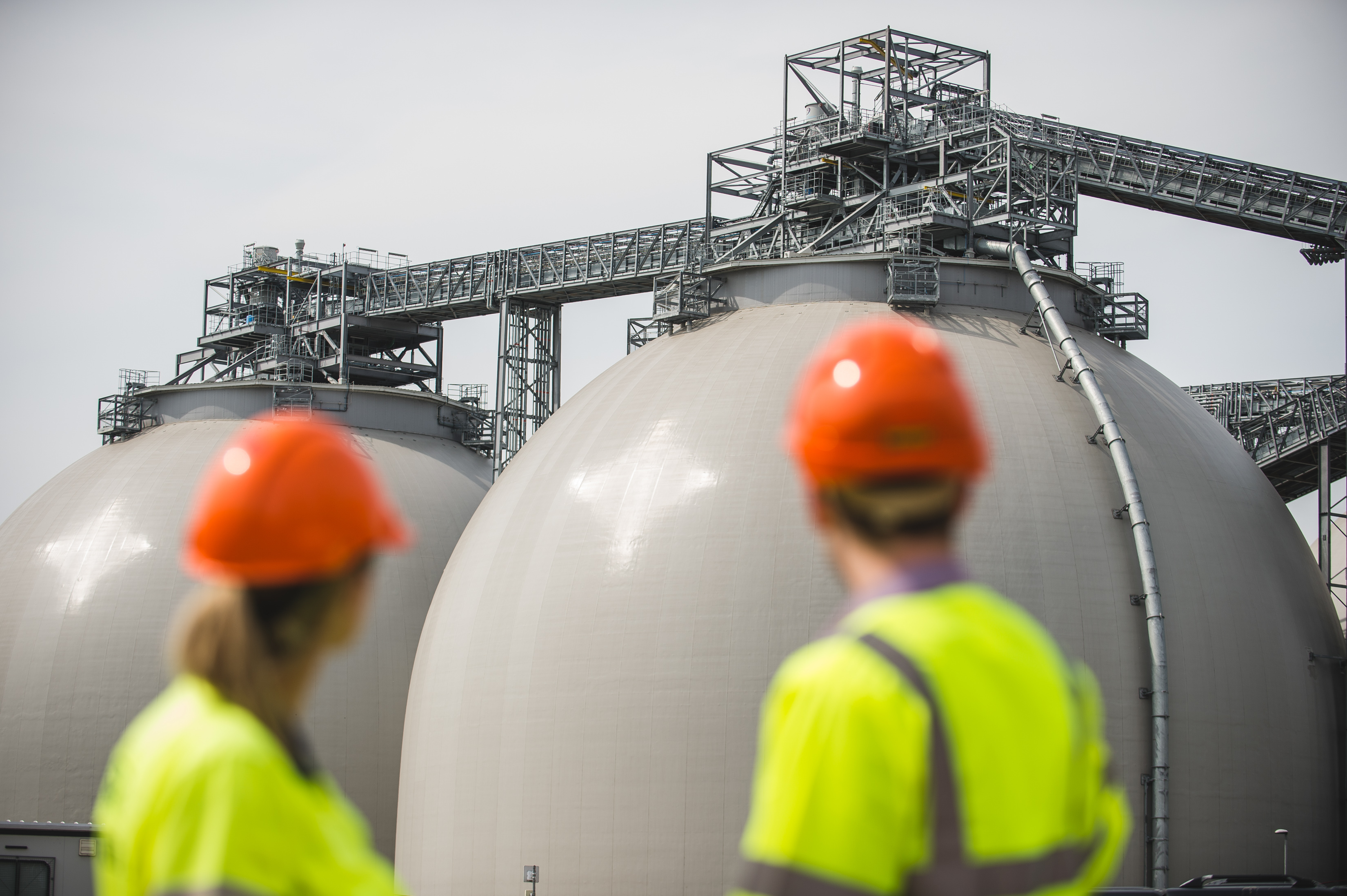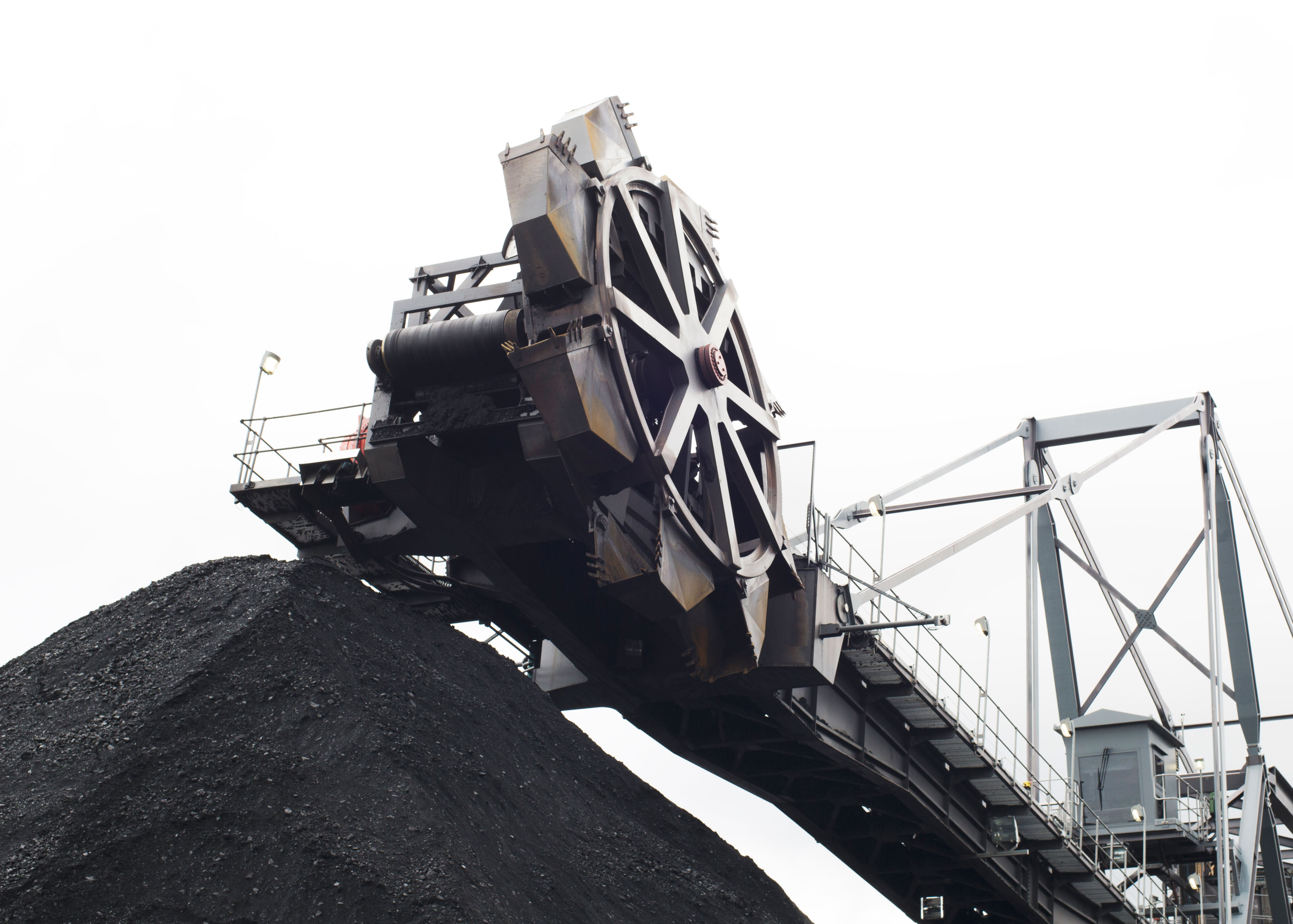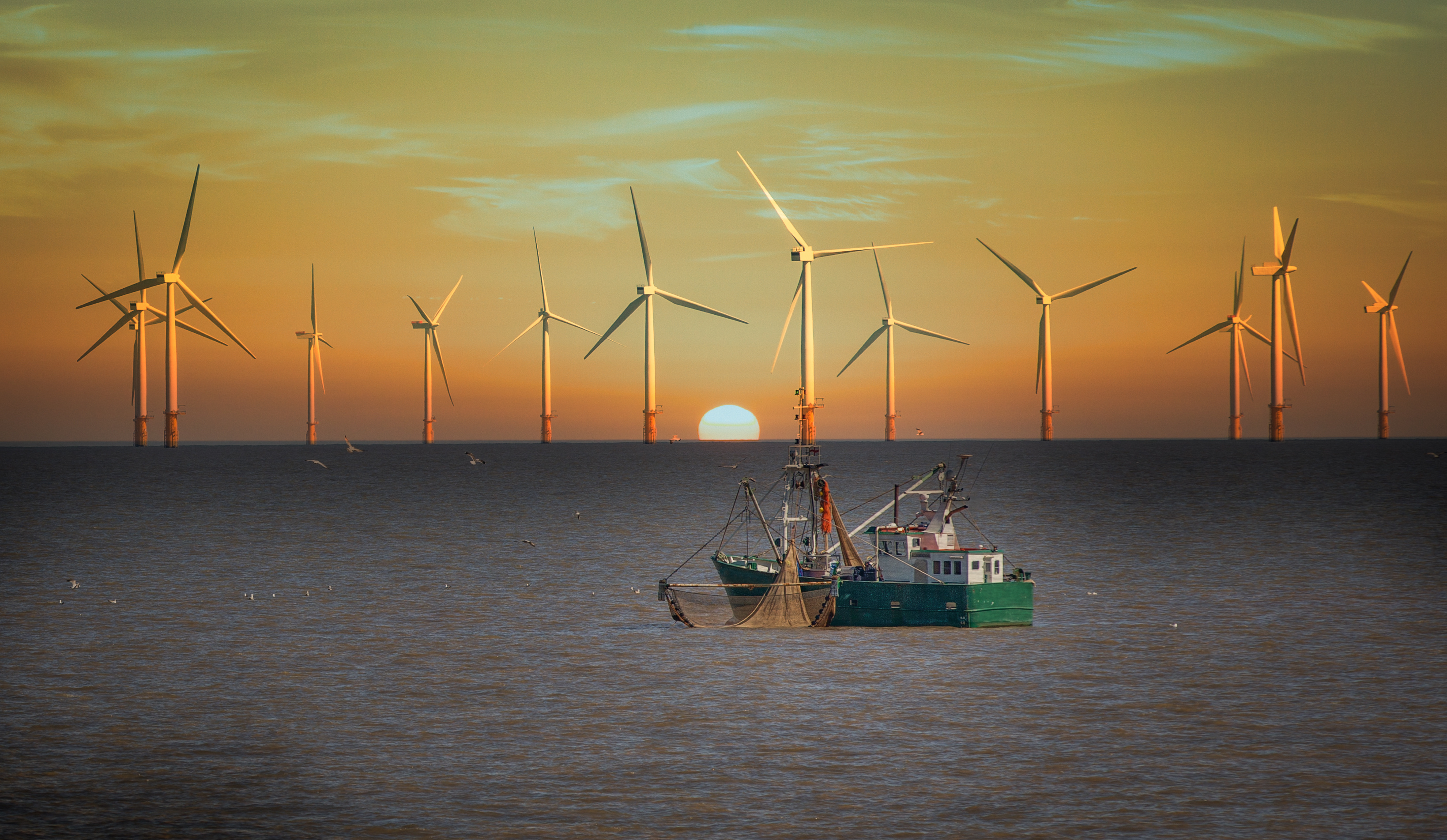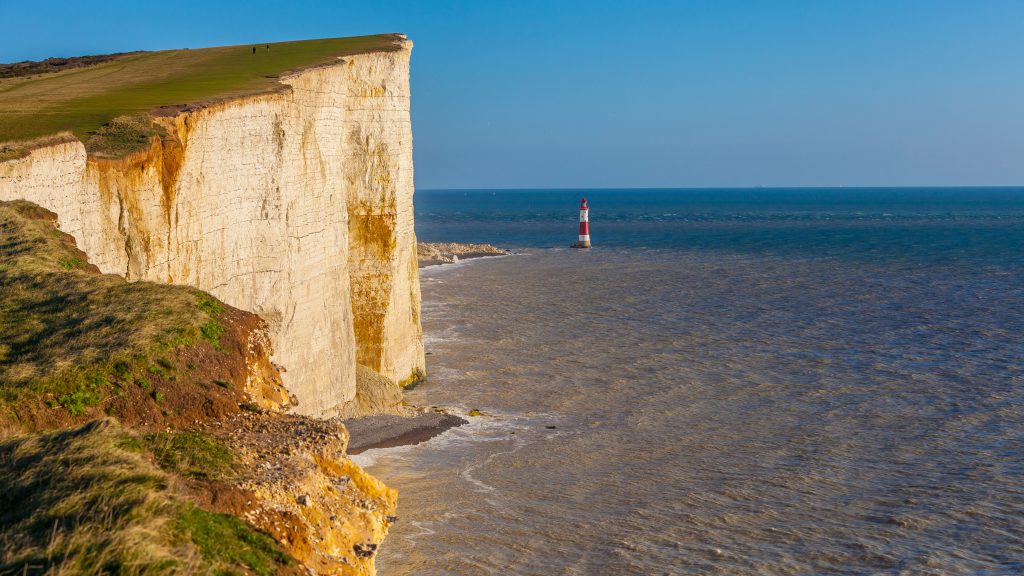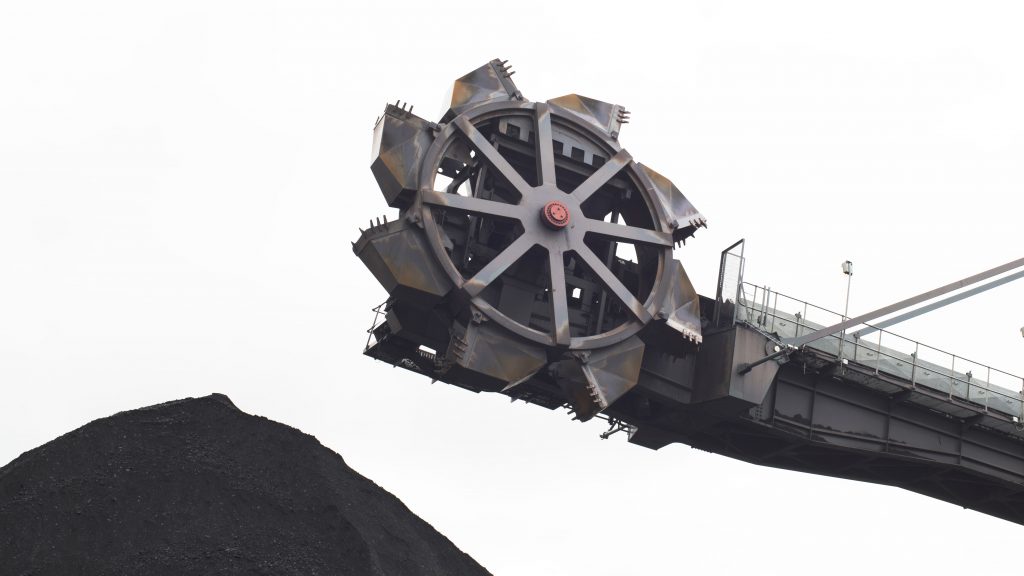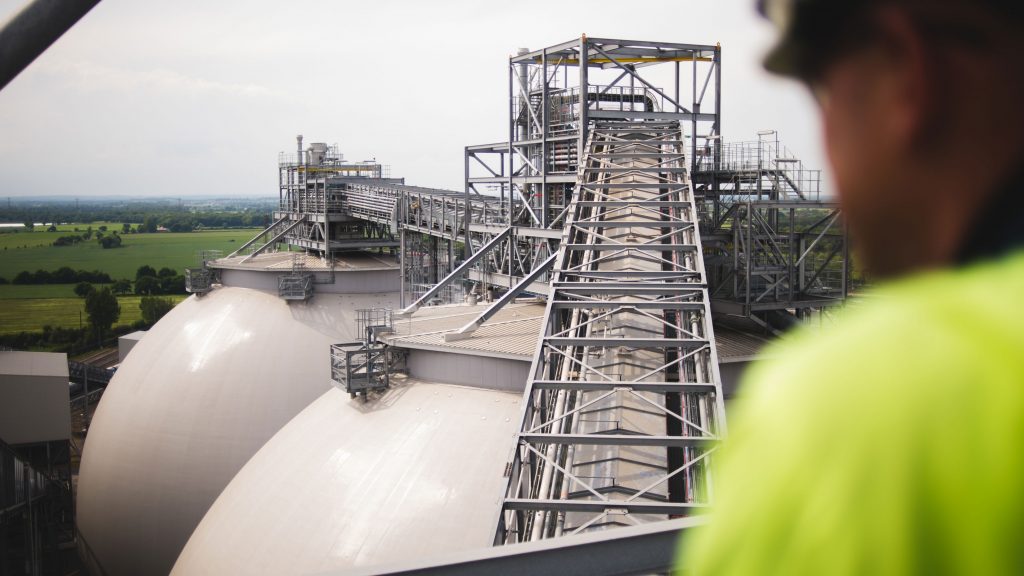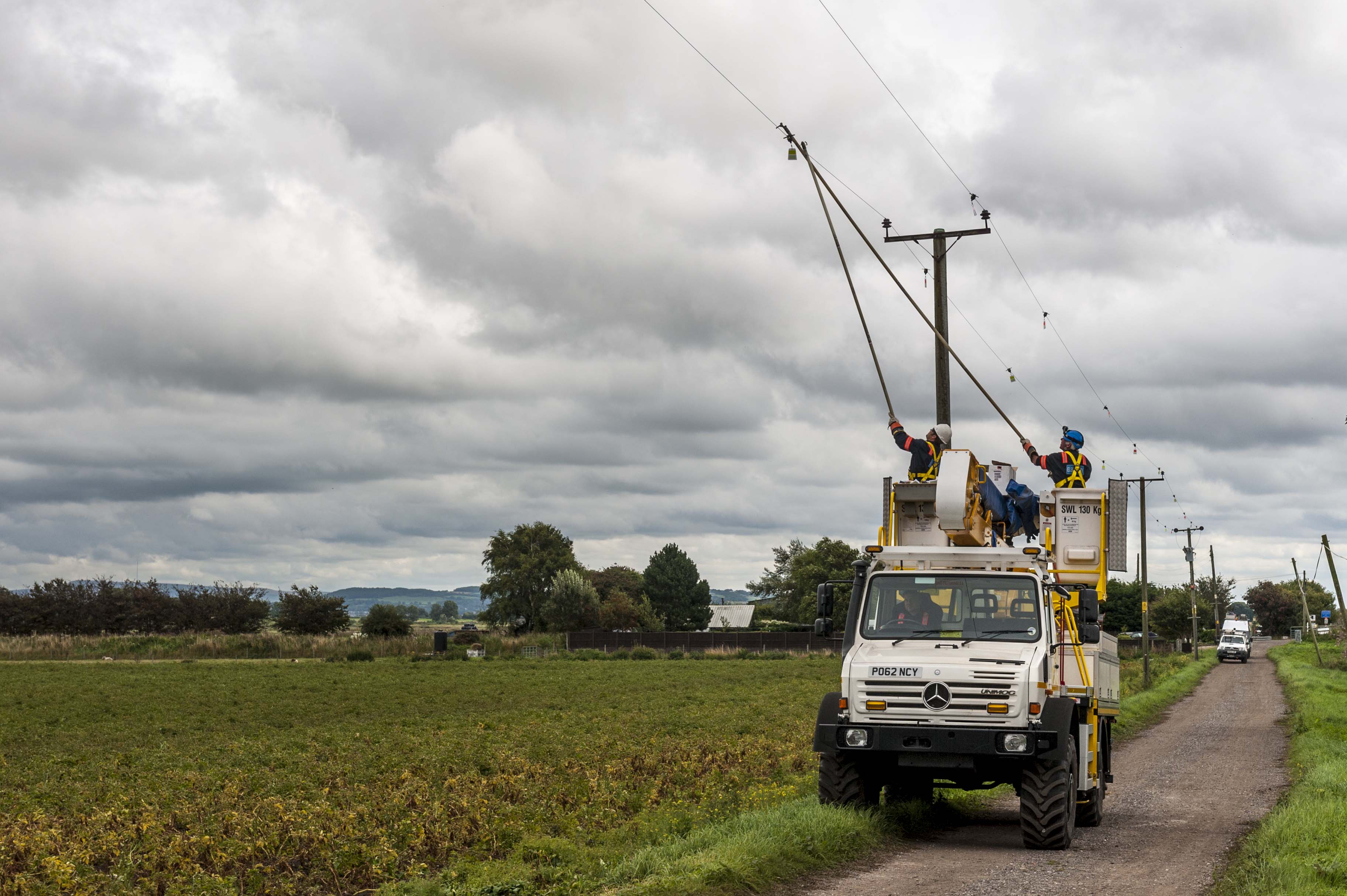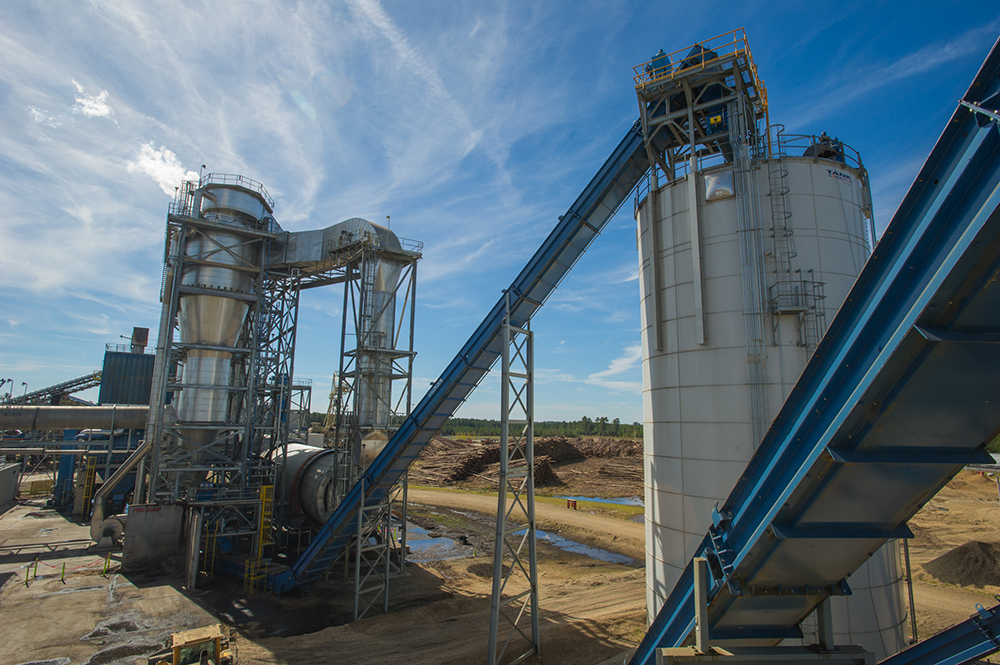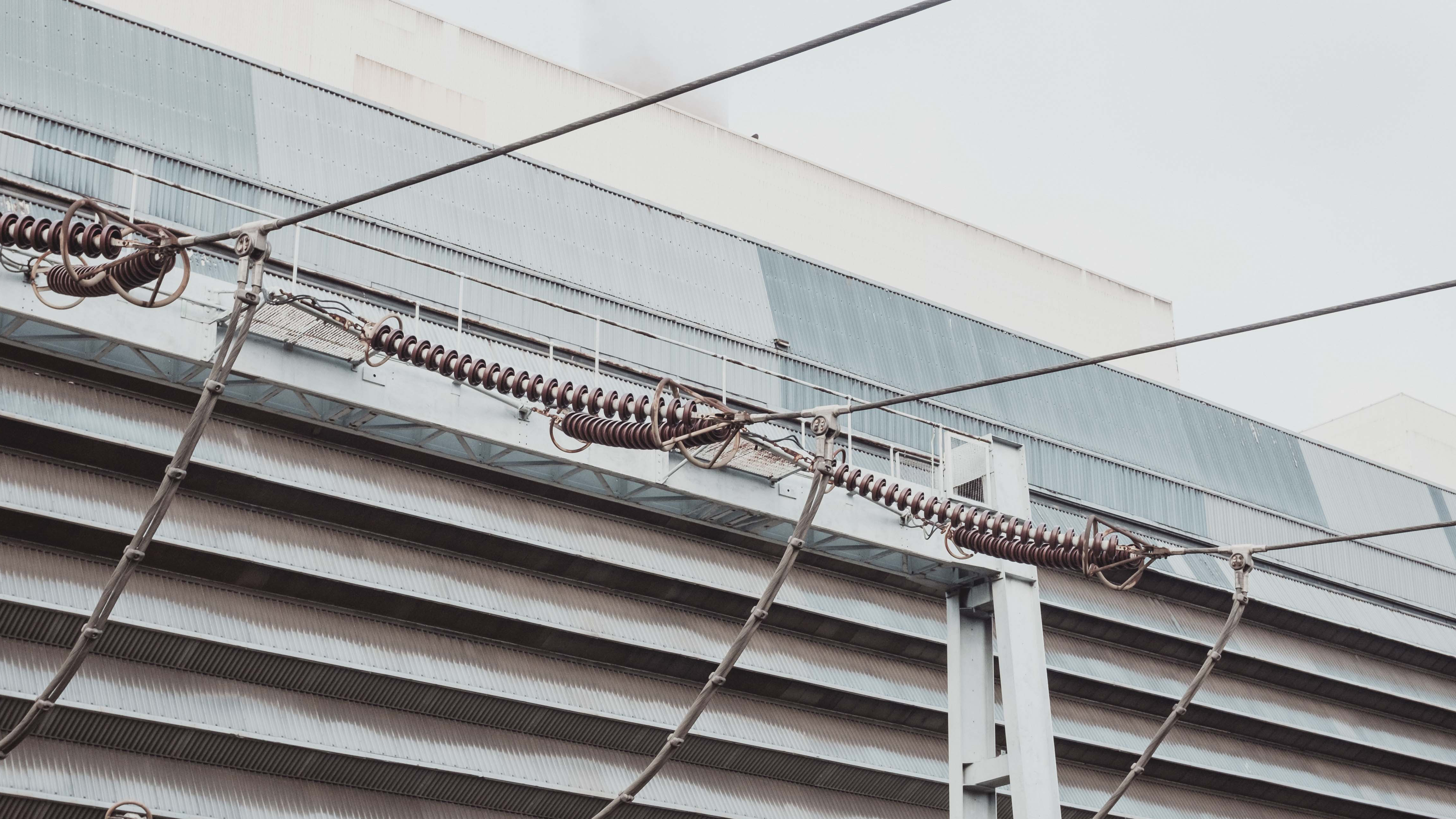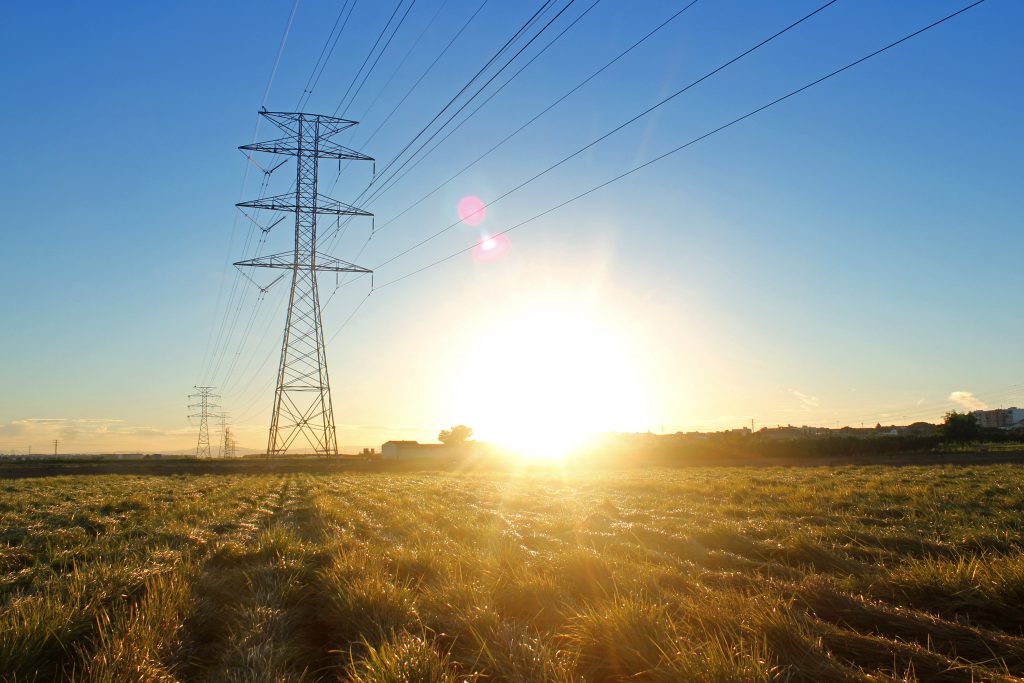
More of Britain’s electricity is coming from renewables than ever before. New offshore wind farms, solar capacity hitting double figures and the reliability of biomass are having a marked effect on the country’s power.
Our electricity make up is more diverse than ever. More than this, it is cleaner. During the first three months of 2017, emissions from power generation were 10% lower than the same period last year and 33% lower than the first quarter of 2015.
And while this is a huge and necessary step in the UK’s efforts towards slowing global warming, it would mean little if renewables weren’t also keeping our lights on. That’s exactly what they are doing – powering businesses, industries and homes across the country. But how many, exactly?
The scale of renewables
In 2015 the total electricity consumption of the UK was 303 TWh. To put that into perspective, that’s roughly enough power to boil 121.1 billion kettles. A quarter of the 360 TWh of electricity generated that year came from renewables – 84 TWh – a massive 29% increase over 2014. Of that figure, Drax’s biomass units contributed 11.5 TWh, approximately 3% of that year’s total power generation.
So, renewables are big, but how big?

According to the 2011 Census there are 26.4 million households in the UK. Ofgem, the energy regulator, says the average UK household uses roughly 3.1 MWh of electricity a year (the average US household uses approximately 10.8 MWh).
If we were to hypothesise that all the renewable power generated in 2015 had been consumed by UK households, there would be enough to power every single one. And there’d be enough left over to power 600,000 more.
Using just the power generated thanks to sustainably sourced compressed wood pellets at Drax Power Station would be enough to satisfy the equivalent of 4.1 million homes – nearly twice the number of households in Scotland or 800,000 more homes than in the whole of London. 15% of all UK homes could have been powered by just half that one station in Selby, North Yorkshire.
Finding the right mix for the future
Electricity is used to power more than just homes. It powers businesses, transport and infrastructure – almost all parts of our lives are fuelled by electricity. While there may be the hypothetical equivalent to power every single household in the UK with renewables (with room to spare), the reality is there is a far larger nationwide demand that needs to be fulfilled. And this means we can’t rely on renewables alone. Instead, what’s required is an energy mix that also includes other low carbon sources of electricity – backed up by a new fleet of gas power stations and storage that can respond rapidly to changes in demand.
While we’re not yet in a position where we can power all homes all the time using renewables, that day could well be coming. A new report from the International Renewable Energy Agency (IREA) suggests a mix of renewable technologies including biomass and bioenergy with carbon capture and storage (BECCS) could meet the majority of global energy demand across all sectors of the world economy by 2050 – while helping to keep the rise in global temperatures to under two degrees celsius above 1990 levels.







